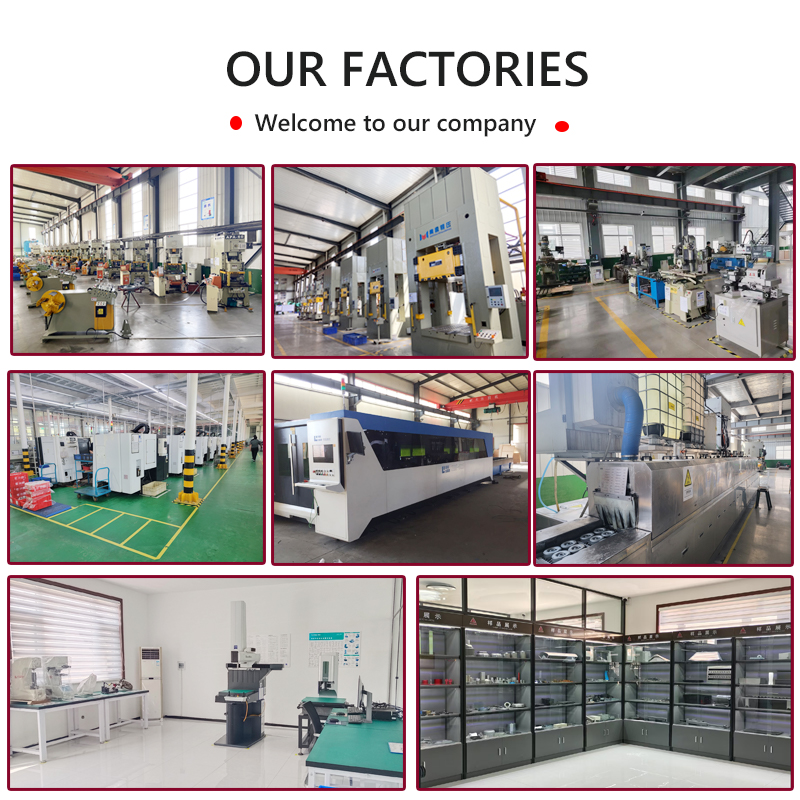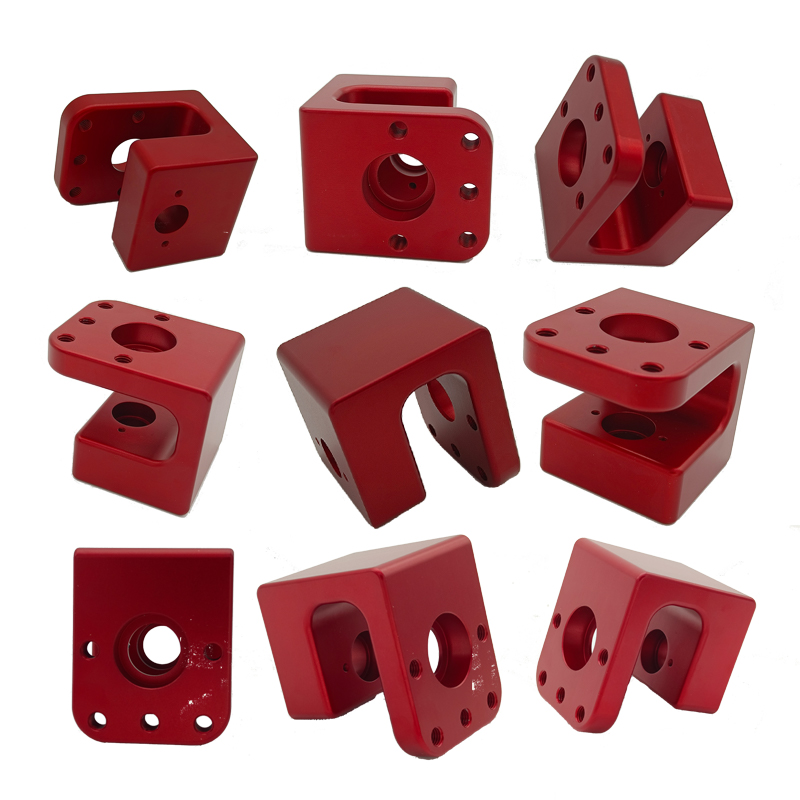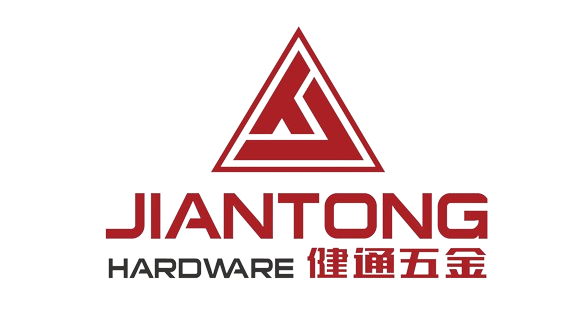Anti-corrosion issues of sheet metal parts
1. Let’s understand what causes the pickling and phosphating rust water corrosion in the whole process of sheet metal processing: the acid in the gap is not neutralized or incompletely neutralized during pickling and passivation, the phosphating treatment is not completely transformed into a film and is easy to rust, and the rust will diffuse and overflow into the gap after a period of time after painting.
2. Strong acid pickling and passivation, strong alkaline degreasing treatment, the chemicals remaining in the gap are neutralized by chemical reactions, and many manufacturers do not clean them with water, which leads to milky white reactants on the gap after drying. After a period of painting, these milky white reactants react with the corrosive substances in the gas to form a chemical reaction in the overflow gap. The problem of sheet metal processing rust water corrosion is mostly caused between March and December, and the solution to the problem of sheet metal processing to prevent rust is as follows:
1. Use weak alkaline degreasing as much as possible for degreasing, and try not to contain flake alkali components, TAL should be controlled at about 15POINT, and PH should not exceed 12.
2. The pickling and passivation process can be done with sulfuric acid pickling and passivation. The pickling and passivation time does not need to be too long, and ammonium sulfate is just right.
3. After pickling and passivation, please use 1~2 sodium carbonate to neutralize.
4. For surface conditioning, sulfuric acid is usually used as a chemical fuel, and an equivalent concentration of 1~2 degrees can be used.
5. The zinc phosphating acid should be used in limited quantities. For pre-immersion treatment, try: TA: about 45, FA: 1.3AC: 8 (20cc fermentation tube).
6. All hand-washing projects must be cleaned up, and hand washing should be done in overflow mode.
- Xisanli Village,Nanpi County, Cangzhou City, Hebei Province, China



